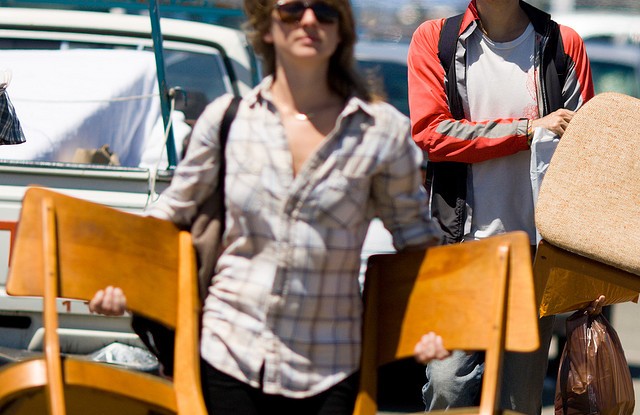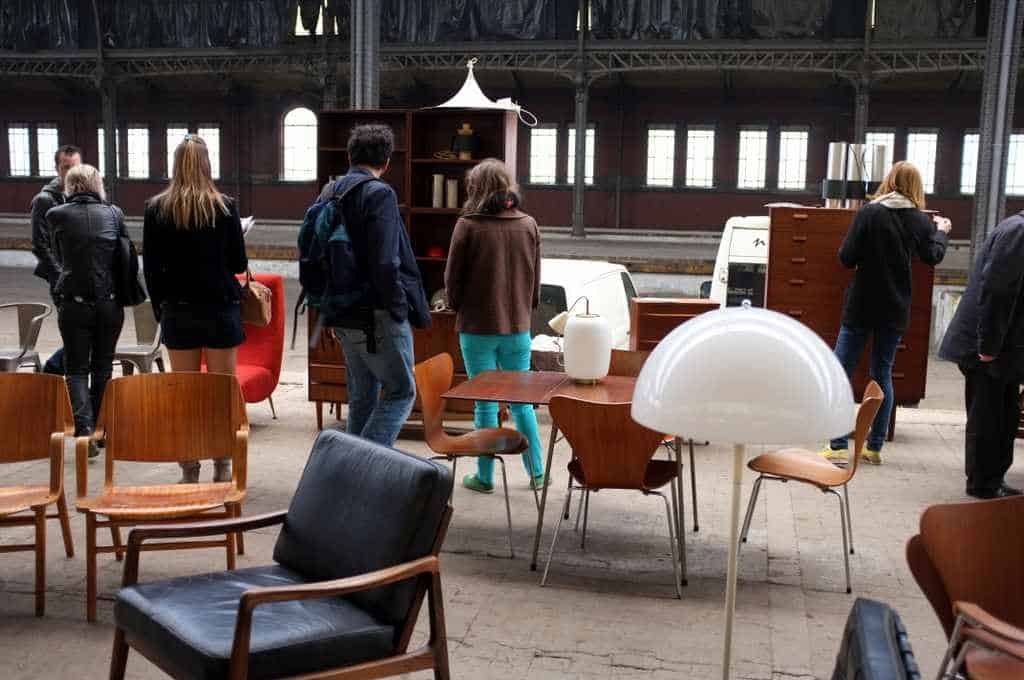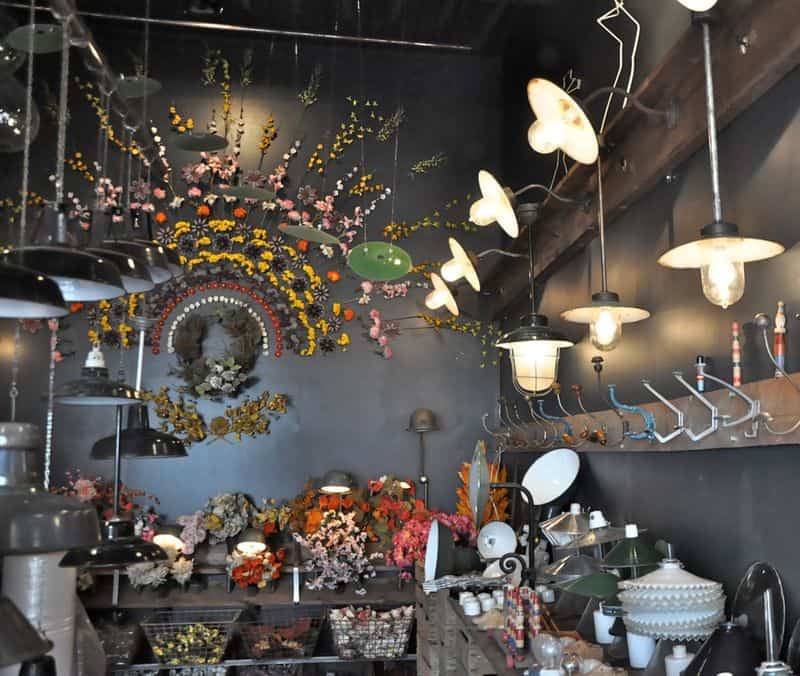As you’re scouring your favourite markets this fall, or discovering an exciting new locale, keep these helpful tips from Judith Miller close at hand that will help you navigate your way through your treasure-seeking day.
Turn left when you first enter a flea market—most people are right-handed and will automatically go to the right.
Be prepared! Take along a good magnifying glass to check carefully for damage on potential purchases.
Be patient and ready to haggle – If there is something you really want but it is too expensive, cross your fingers, wait until people are beginning to clear up and then offer the vendor what you can afford—you never know, he might just take it!
The main thing is to remember that ‘the early bird’ who has done some research will probably find the gems. So get up early, and take lots of cash with you (and, ever-hopeful, coins too).
Be on the lookout for…
It is important to know which items have shot up in value recently and may have been overlooked by people cleaning out their attics.
Costume jewellery: Look for names like Miriam Haskell, Chanel, Dior, and Weiss. Condition is absolutely vital—make sure all the stones are there, and check that the setting is claw-fitted rather than glued.
Handbags: British women seemingly spent £350 million on new handbags in 2005, and I’m sure in North America it’s even more. Look for vintage brands: Hermès, Chanel, Prada, Lulu Guinness, but don’t ignore the Lucite bags from the 1950s or the fun novelty bags from the ’50s and ’60s.
20th-century glass: Murano from the 1950s is sought-after—look for complex shapes and good colours, and large pieces by known makers like Venini & Co. or Dino Martens. English Whitefriars glass has gone up in value, particularly the Scandinavian-inspired glass of the 1950s and Geoffrey Baxter’s 1960s and ’70s textured glass.
Ceramics Art Deco ceramics from the 1920s and ’30s can be worth a packet, but watch for 1950s ceramics too.



